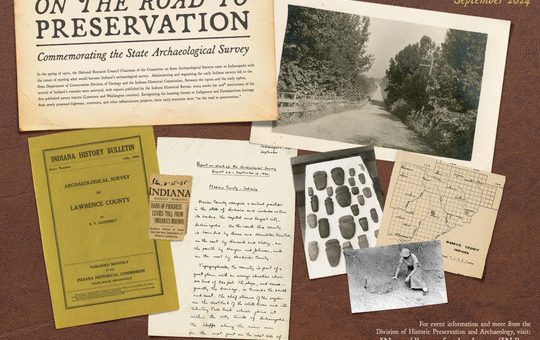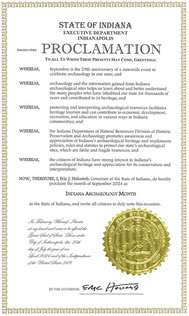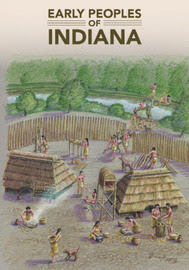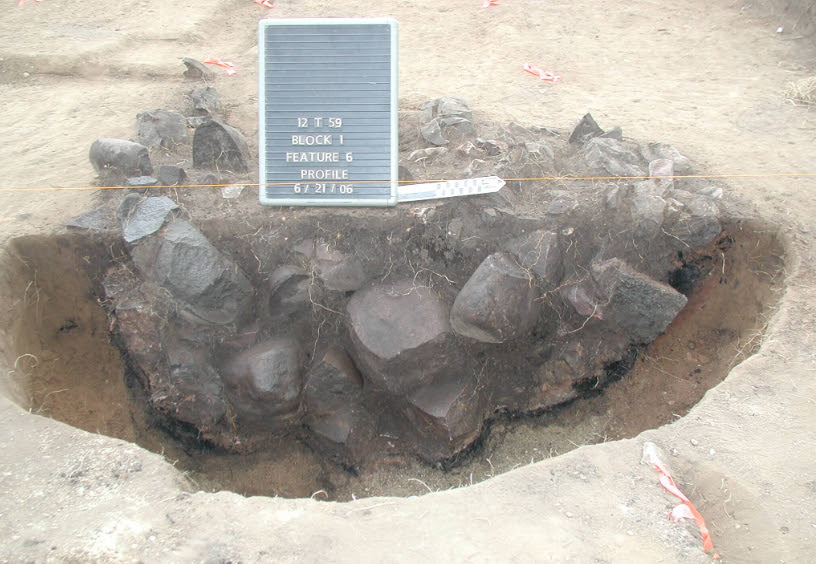
INDIANA – Governor Eric Holcomb has declared September as Indiana Archaeology Month.

DHPA coordinates events to encourage learning about Indiana archaeology. Universities, museums, organizations, and individuals throughout the state host a variety of programs, including archaeological laboratory open houses, artifact identifications, lectures on archaeological topics, archaeological excavations, and more.
You can attend an archaeology event during our state’s 29th annual statewide celebration of archaeology.
Check out the Archaeology Month webpage at on.IN.gov/archaeologymonth.
Early Peoples of Indiana
The DHPA’s most requested archaeology outreach document, Early Peoples of Indiana, has been revised and updated. To start Archaeology Month, the new edition is now available at on.IN.gov/archaeo-pubs.
This document is designed to introduce the reader to the rich, varied, and complex nature of the indigenous cultures that once inhabited Indiana and early historic peoples and to inform the reader about the science of archaeology.
Printed copies of the booklet are also anticipated later this year.
Highlighting Hoosier Archaeological Sites
Check out the new Tippecanoe County addition to the DHPA’s Storymap “Highlighting Hoosier Archaeological Sites: Examples from 92 Counties”. Dr. Michael Strezewski (University of Southern Indiana) has written about Kethtippecanunk (12T59), a site in the National Register of Historic Places.

He states in his article: “In the late eighteenth century, the town of Kethtippecanunk (12T59) was a hub of Native American and Euroamerican fur trading in the central Wabash River Valley, located approximately 9.5 miles northeast of present-day Lafayette, IN, and situated near the confluence of the Wabash and Tippecanoe rivers. The site was occupied by members of the Wea tribe and several fur traders who lived in their midst. Despite Kethtippecanunk’s historical significance, contemporary descriptions of the town are few and do not provide much information regarding its spatial extent, the density of the occupation, and whether the two ethnic groups were segregated or intermixed.
Although site 12T59 was positively identified as the town of Kethtippecanunk in the 1970s, little archaeological research was conducted until relatively recently. Since then, much has been learned about this important site and its part in the eighteenth-century fur trade economy of the lower Great Lakes.”
This image shows a cobble-filled pit found during the 2006 archaeological excavations.









.png)











